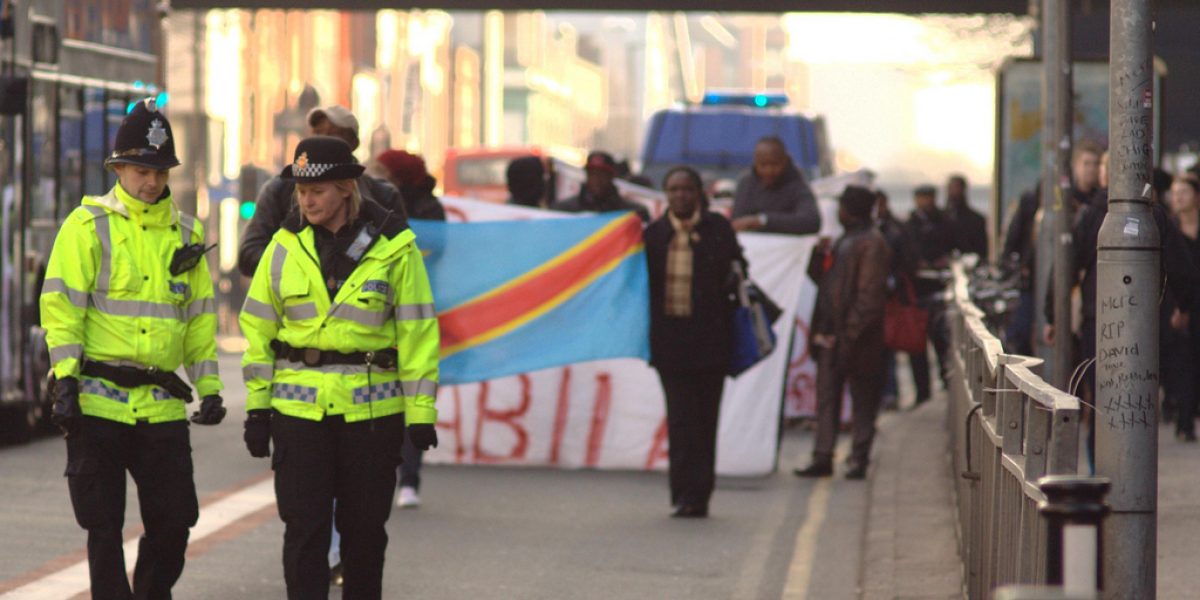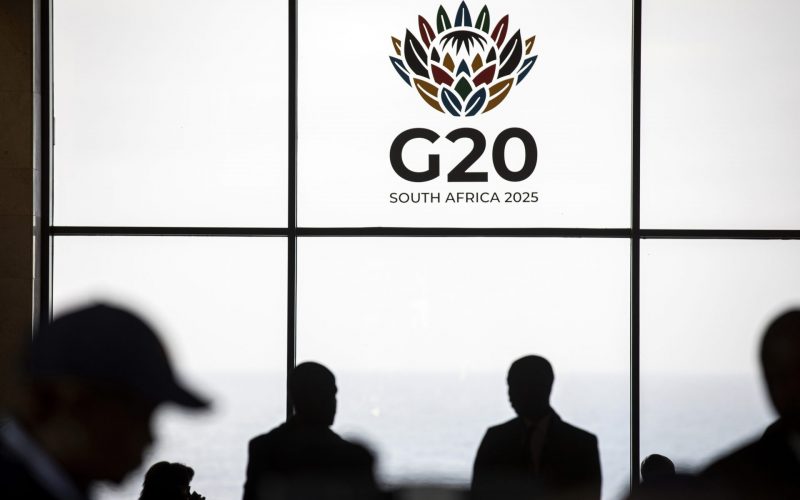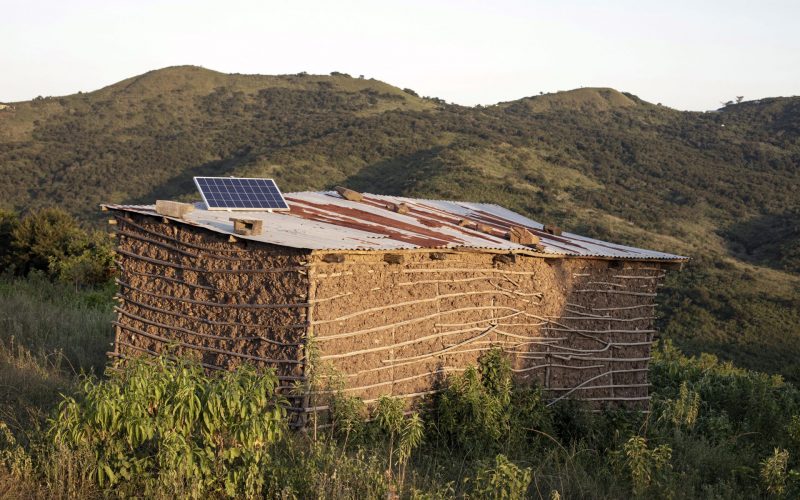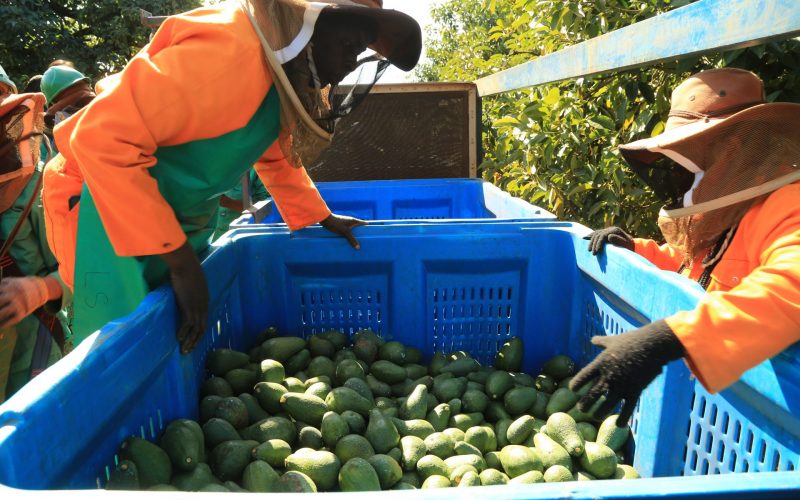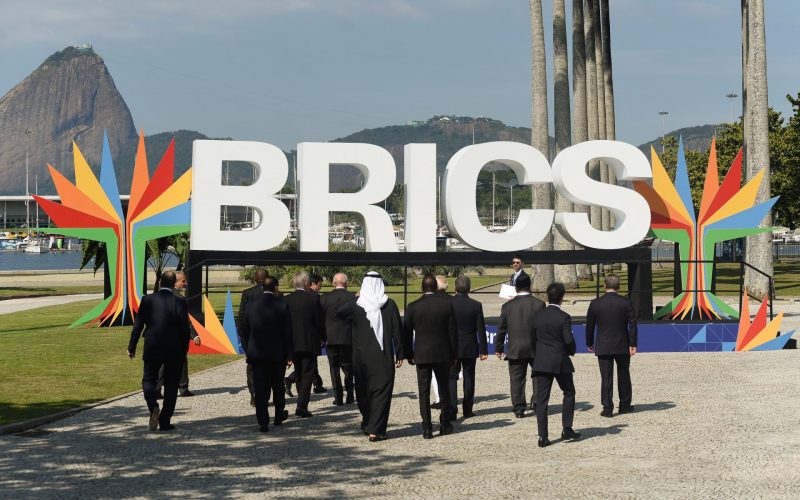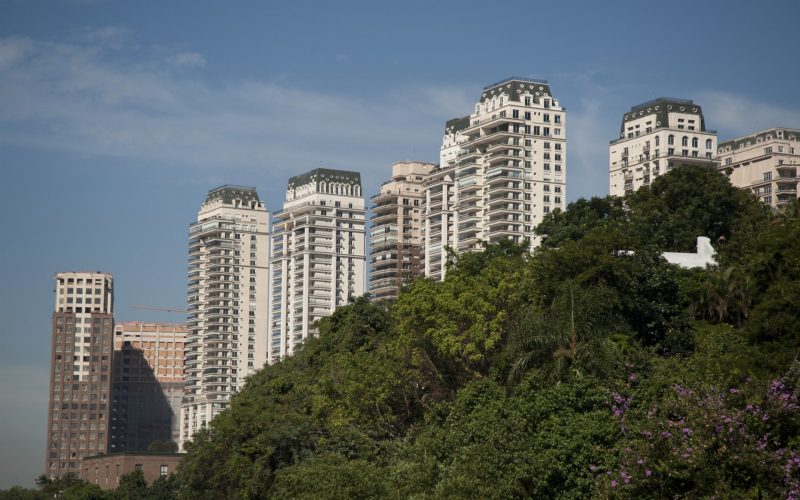In the current political and economic context, this year’s mood was reflective rather than celebratory. The anniversary day was therefore an opportune time for the South African Institute of International Affairs (SAIIA)’s Governance of Africa’s Resources Programme (GARP) to hold a roundtable discussion on the DRC. Attended by members of the governmental, diplomatic, academic, policy-making and business community, the event was aptly titled “Reviewing the Giant” and focused on the mining and forestry sectors.
The roundtable aimed to look beyond headline news of conflict and economic crisis in the DRC. It focused attention on detailed case studies in the dense rainforests of Equateur Province and the Dickensian conditions of artisanal miners in Katanga. The ebb and flow of global interest in the DRC has been historically tied to its resource wealth, from the first ‘Scramble for Africa’ in the 19th century, through the Cold War and more recently during the “new scramble for Africa’s resources” of the 21st century. Yet in September 2008, the commodities boom turned suddenly to bust, sending many international investors scrambling home.
The global financial crisis reaffirmed one of the central lessons of natural resource governance: that a dependence on primary commodities leaves a state particularly vulnerable. The industrial mining and the industrial logging sectors in the DRC have been hit hard by the downturn, but less often discussed is the toll it has taken on the informal sector. Given that an estimated 300 000 artisanal copper and cobalt miners in Kolwezi have recently lost their livelihoods alongside corporate losses, it is clear how interdependent the world has become.
In the context of the looming crises of climate change, again the DRC’s centrality is related to its natural resources. Compared to purely extractive mineral resources, a tree might well have greater global value and utility left in the ground than it would be as a cabinet or a table. Around 40 million people in the DRC depend directly on the rainforest for their livelihoods. The country is home to around half of the Congo Rainforest, a tropical rainforest second in size only to the Amazon. Tropical rainforests, found only between the Tropic of Capricorn and the Tropic of Cancer, play an essential role in regulating global weather patterns. Of global significance, the forests in the Global South store vast quantities of carbon, produce a significant amount of the world’s oxygen and slow climate change. Yet paradoxically, forests can serve as either carbon sinks or carbon sources. At 18% of global emissions, emissions from deforestation are estimated to exceed that of the global transport sector. The Stern Report on the Economics of Climate Change has identified avoided deforestation in tropical areas such as the DRC as a high priority mitigation option for slowing climate change.
It has been some time since the DRC served as a strategic playground for the big players in the Cold War and even longer since it was considered a personal plaything King Leopold of Belgium, a country barely a 76th its size. While the remnants of these times remain, new players are emerging. According to consulting company Maplecroft’s recently produced Emerging Powers Integration Index, out of the 150 countries studied, the DRC’s economy is the 8th most integrated with those of the so-called BRICS (Brazil, Russia, India, China and South Africa). Jim O’Neill, chief economist at Goldman Sachs argues that, even as the United States and European economies struggle to recover in the next few years, those of Brazil, Russia, India and China will prove to be more robust and will be instrumental in pulling the world out of recession. The implications of these new relations for the DRC, and for the governance of its natural resources, remain to be explored.
While some speak of interdependence and integration, the more cynical would refer simply to continued dependence. While it might be true that the DRC’s economy is becoming more integrated with that of the BRICS, we speak here of a small and undiversified formal economy in a large, and complex place in which most economic interactions take place in a parallel informal sphere. Indeed, the DRC still depends on donor funding for more than half of its state budget.
If there is one lesson to be taken from the world’s current disillusionment with the global economic system it should be this: any system that is governed in an unsustainable way is vulnerable to destabilisation and even collapse. The Congo’s resources may be vast, but they’re not inexhaustible. Careful governance of mining revenues and forests will see the DRC in a better state for the next fifty years.


